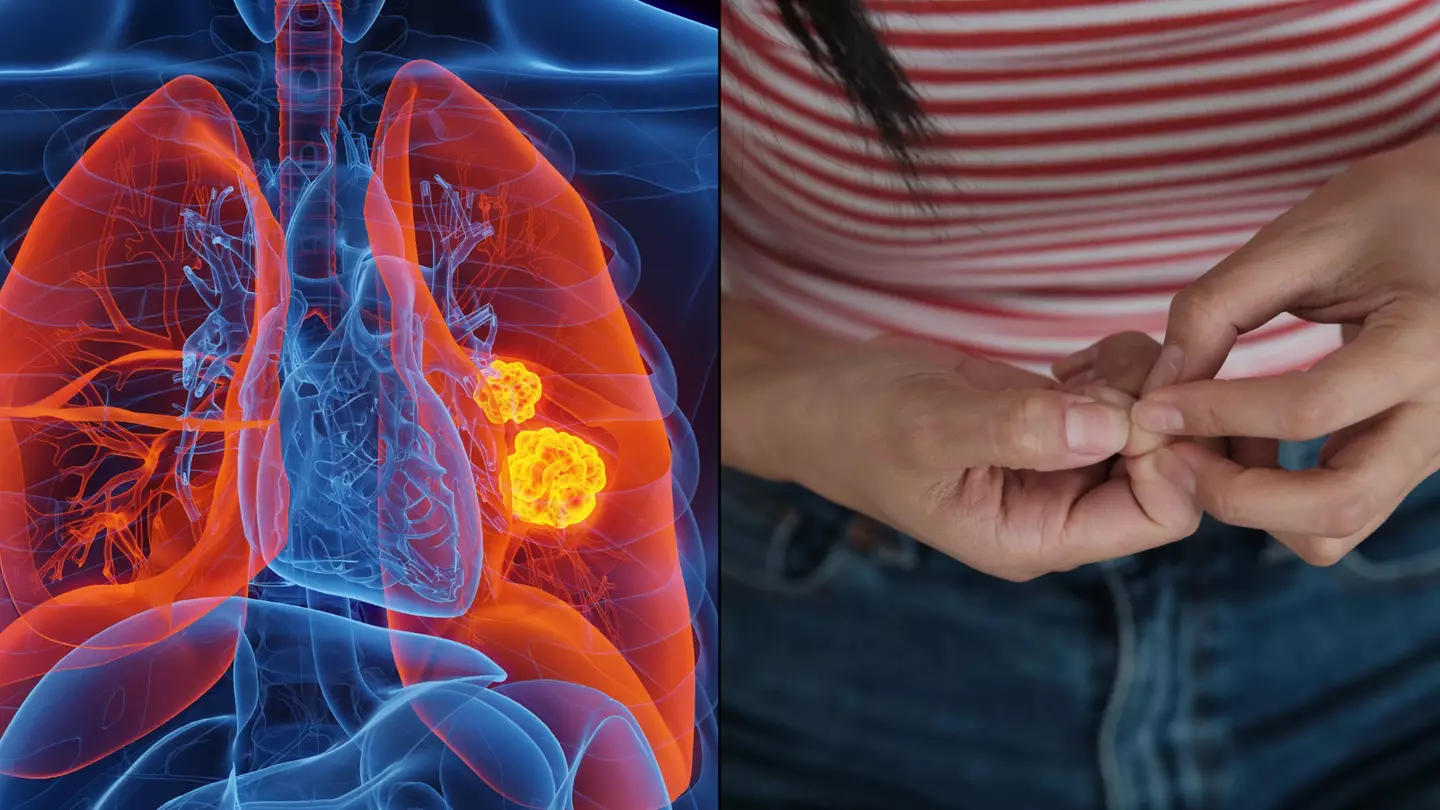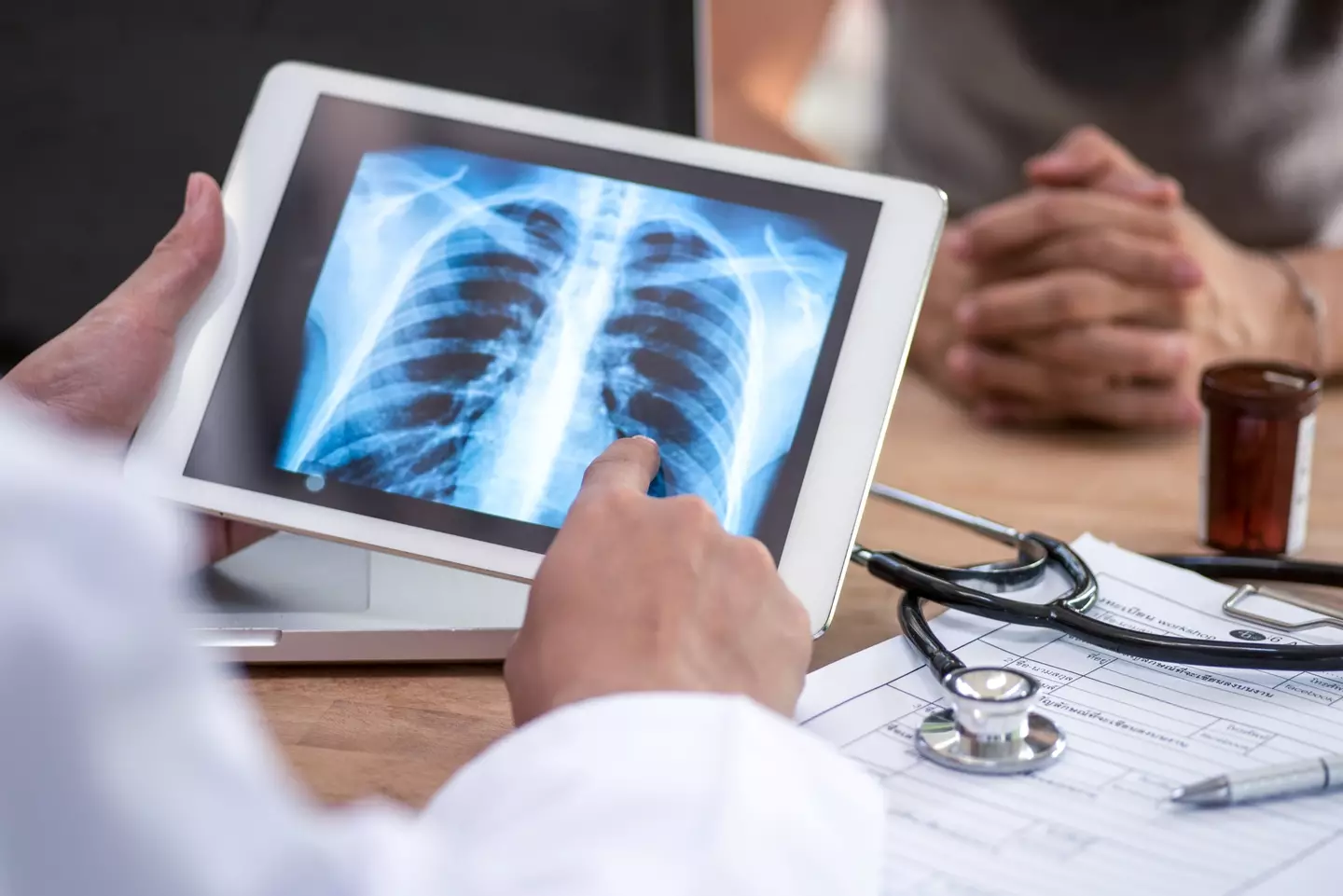
Lung cancer is something that sadly affects thousands of Brits each year, but there’s one test you can do at home which allows you to potentially catch the signs early.
According to Cancer Research UK, between 2016 and 2018, there were 48,549 new cases of lung cancer in the UK population.
As a serious condition which can spread rapidly, catching lung cancer early is essential.
This simple test is something you can do on-the-go or at home - you can even do it right now and it takes seconds!
Advert

As a potential life-saver, why risk leaving it until your symptoms are staring you in the face?
Here’s how you can do it:
- Put your fingernails together as if you’re making a heart using both hands.
- Start with your index fingers and slowly take turns with your other fingers until you finish with your pinkies.
- Now, do you see a little diamond-shape space in the middle of your two fingernails when they meet?
That’s exactly what you want to see!
Advert
If you don’t, you may need to take a closer look at your nails as ‘clubbing’ could be a sign of early-stage lung cancer.
What is clubbing?
Clubbing can take years to develop and is usually a sign of an issue with the heart or lungs.
Cancer Research UK determines it as: “Certain changes in the shape of your fingers and fingernails. It is also called digital clubbing or Hippocratic fingers.
"People with conditions such as heart or lung problems sometimes have these changes.”
Advert
The charity describes it as unfolding in stages and that it begins as ‘softening of the base of the nail (nail bed) and redness (erythema) of the skin around the nail’ as well as the skin below the cuticle becoming curvier, the skin around the nails becoming shiny before the ends of the fingers growing larger and looking ‘clubbed’- as though they are bulbous.
Brian Gemmell, a lung cancer patient, told The Sun about the importance of early intervention: "Go and see your doctor If you’ve got anything that you’re concerned about – that’s what a GP is for. Go as soon as you can."
Dr Helen Piercy, a GP from West Lancashire also advised that any symptom needs to be checked out.
She said: "If you notice any signs or symptoms that concern you, see your GP. First phone for an appointment. You will be assessed. You will be invited in, if you need to be seen face-to-face. Don’t be afraid. Pick up the phone."
Advert
Whilst finger changes could be a sign, there are more common lung cancer symptoms to be aware of.

The NHS details these symptoms as:
· A cough that doesn't go away after 2 or 3 weeks
· A long-standing cough that gets worse
Advert
· Persistent chest infections
· Coughing up blood
· An ache or pain when breathing or coughing
· Persistent breathlessness
· Persistent tiredness or lack of energy
· Loss of appetite or unexplained weight loss
If you show signs of any of the above symptoms, make sure to see your GP to rule out underlying issues.
If you’ve been affected by any of these issues and want to speak to someone in confidence, contact Macmillan’s Cancer Support Line on 0808 808 00 00, 8am–8pm seven days a week.
